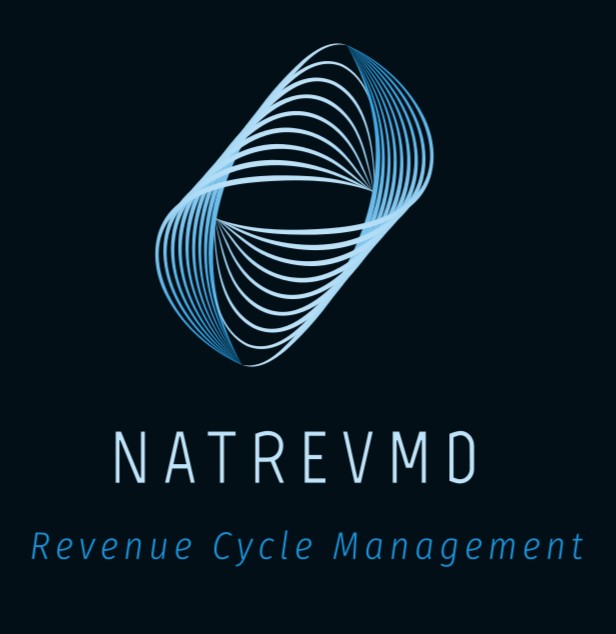The world of healthcare is complex, with countless intricacies and regulations to navigate. One of the fundamental aspects of this field is medical billing and coding. Accurate billing and coding are not only essential for healthcare providers to get reimbursed for their services but also crucial for maintaining patient trust and complying with legal requirements. The key to successful medical billing and coding can be summarized in one golden rule: Accurate Documentation. In this blog post, we will explore the importance of accurate documentation in the medical chart, how it helps prove medical necessity, and its profound impact on improving medical billing and coding.
Why Accurate Documentation Matters
Accurate documentation is the foundation of medical billing and coding, and it serves several critical purposes:
- Proving Medical Necessity: Medical necessity is the core criterion for determining whether a particular medical service or procedure is eligible for reimbursement. Accurate documentation in the patient’s chart is the primary means of establishing medical necessity. When healthcare providers document all relevant information, including the patient’s medical history, symptoms, physical examination findings, and the treatment plan, they provide a clear and compelling case for why a particular service was required. This, in turn, supports the claim for reimbursement.
- Legal Compliance: Accurate documentation is not only essential for reimbursement but also for complying with various healthcare laws and regulations. Medical coding and billing must adhere to strict guidelines, such as those set by the Health Insurance Portability and Accountability Act (HIPAA) and the Centers for Medicare & Medicaid Services (CMS). Inaccurate or incomplete documentation can lead to legal and financial consequences for healthcare providers.
- Patient Care Continuity: Proper documentation ensures that patient information is readily accessible to all members of the healthcare team. This continuity of care is crucial for providing safe and effective treatment. Accurate documentation in the medical chart helps healthcare providers make informed decisions, coordinate care, and provide the best possible treatment to the patient.
- Reducing Claim Denials and Rejections: Accurate documentation greatly reduces the likelihood of claim denials or rejections from insurance companies. When claims are denied, it can result in delayed payment, increased administrative work, and even lost revenue. Proper documentation helps ensure that the services provided match the billed codes, reducing the chances of denials.
How to Improve Documentation for Better Billing and Coding
Now that we’ve established the importance of accurate documentation, here are some strategies for healthcare providers to enhance their documentation practices:
- Thoroughness: Ensure that the patient’s medical chart is complete and thorough. Document relevant patient information, including history, physical examination findings, treatment plans, and any follow-up care.
- Consistency: Maintain consistency in your documentation. Use standardized terminology and abbreviations, and follow a uniform format for patient records. This consistency will make it easier for coders and billers to interpret and code your documentation accurately.
- Timeliness: Document patient information in a timely manner. Delayed or retroactive documentation can lead to inaccuracies and may raise red flags with auditors or insurers.
- Clarity and Legibility: Illegible handwriting or unclear documentation can lead to errors in coding and billing. Use clear, legible handwriting or, even better, switch to electronic health records (EHRs) for easier documentation and retrieval.
- Education and Training: Ensure that your staff, including physicians, nurses, and administrative personnel, are well-trained in documentation best practices. Education and training programs can significantly improve the quality of documentation.
Conclusion
Accurate documentation is the golden rule of medical billing. It serves as the linchpin for proving medical necessity, ensuring legal compliance, and enhancing patient care. By focusing on thoroughness, consistency, timeliness, clarity, and staff education, healthcare providers can significantly improve their documentation practices, ultimately leading to better medical billing and coding outcomes. Remember, the golden rule is not only about securing reimbursement; it’s about delivering high-quality patient care and maintaining the integrity of the healthcare profession.





